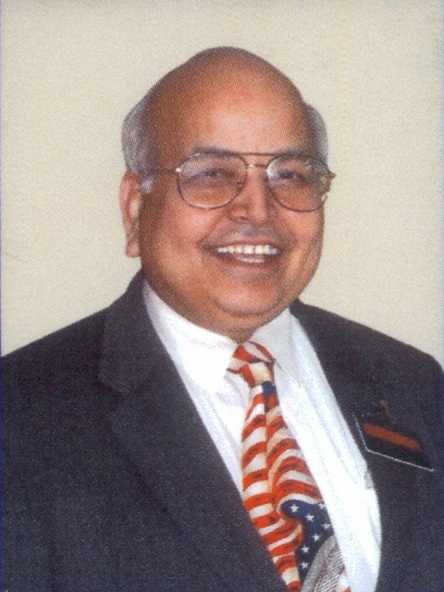Year: 2010
This paper and concomitant presentation deal with the concept of couplets and threesome (triplets), foursomes (Quadruplets), fivers (Quintuplets), sixes (Hexads), seven (Septet) and so on. Couplets and groupls of couplets are defined as two or more entities that always exist together and make sense only as a pair or group. They are born (come into existence) together, grow or diminish proportionally together or die (go out of existence) together.
The paper presents several examples of famous couplets and more. Examples of famous couplets include correlated pair of virtual particles, Male & Female, Mass & Matter, Good and Evil, entropy and extropy and many more. Examples of triplets include mass, motion and time; time temperature and entropy; length, breadth and height; X, Y & Z axis; three orthogonal planes; past present & potential (future); perception, processing and presentation, body soul & spirit; brain, mind & intelligence and so on.
Also included are a couple of examples of quintuplets
- Five way miracle of Seeing (eye + light + object + information + brain) and
- Five way miracle of life (body + soul + spirit + entropy + extropy) or (brain + mind + Intelligence + Entropy + Extropy) Like the irreducible complexity popularized by Michael Behe, all five are necessary for vision and life respectively.
Couplets are divided into 4 types as follows:
- Synonymic Couplets for example zero and nothing, mass & matter, stuff and things, bad and evil, pain & sorrow, Good and God, Evil and devil, gravity & motion etc.
- Antonymic couplets for example zero and infinity; physical and virtual, body and soul, brain & mind, pleasure and pain etc.
- Neutral Couplets for example mass and time, matter and motion, iso and cross, homo and hetero
- Complementary couplets for example husband and wife, man and woman, male and female, Gay & Lesbian, brain & intelligence
Many unique attributes and properties of couplets are delineated inter alia:
- Couplets can be rearranged from one type to another for examples homos into heteros and vice-a-versa
- Some couplets and groups of couplets have synergy and therefore may be thought of a s synergistic couplets
- Couplets have meaning only with respect to each other. Couplets are meaningless without the partner. If one of the two can exist without the other then it is not a couplet but two singlets
- Some couplets are broken up by premature death of one but not the other for example parent and child, in which case the other becomes a singlet


